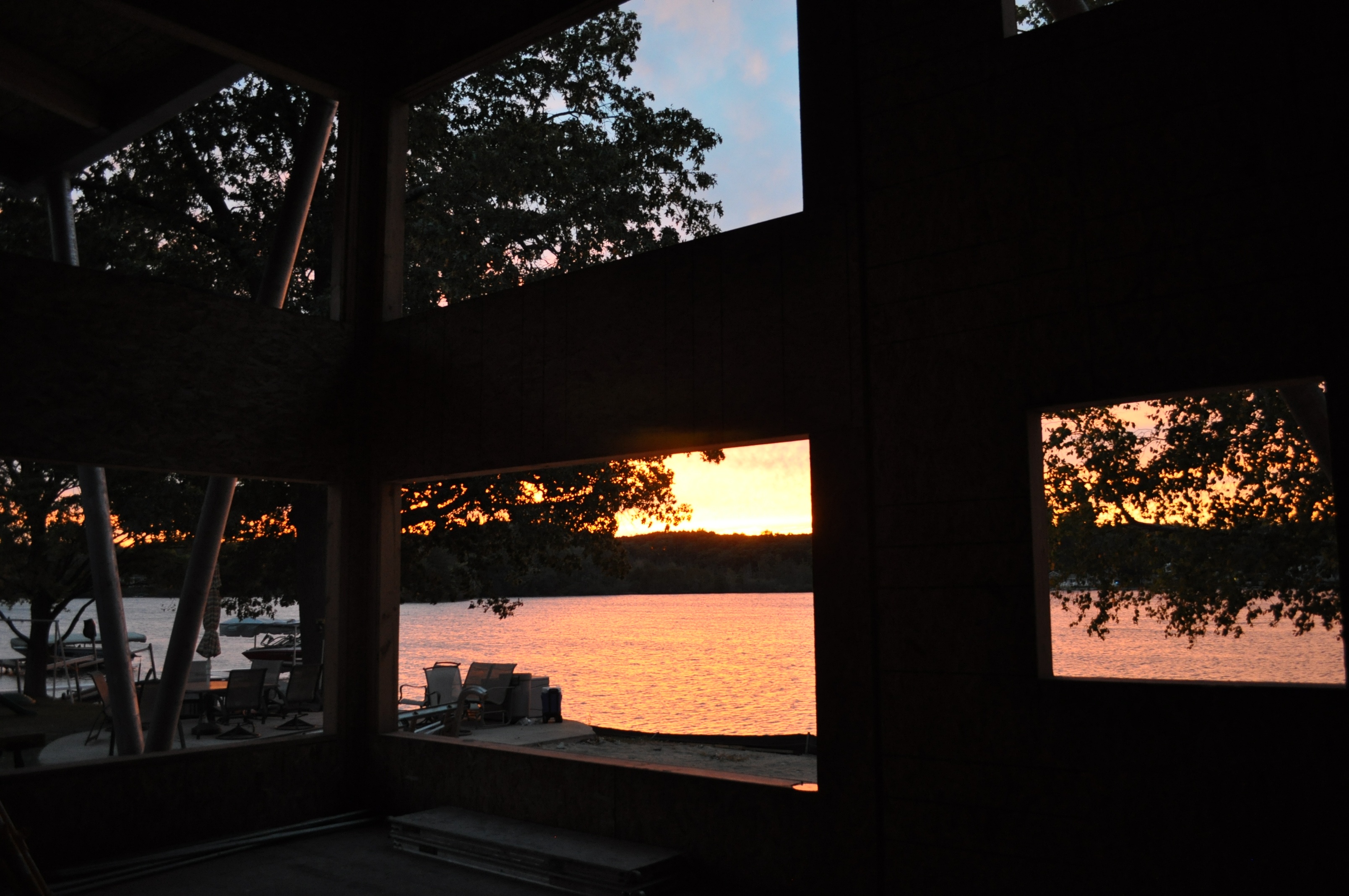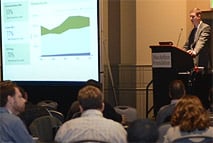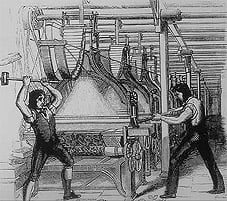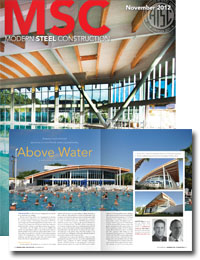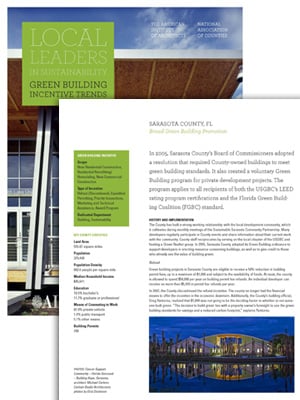Drawing Parallels between the Civil Rights & Sustainability Movements
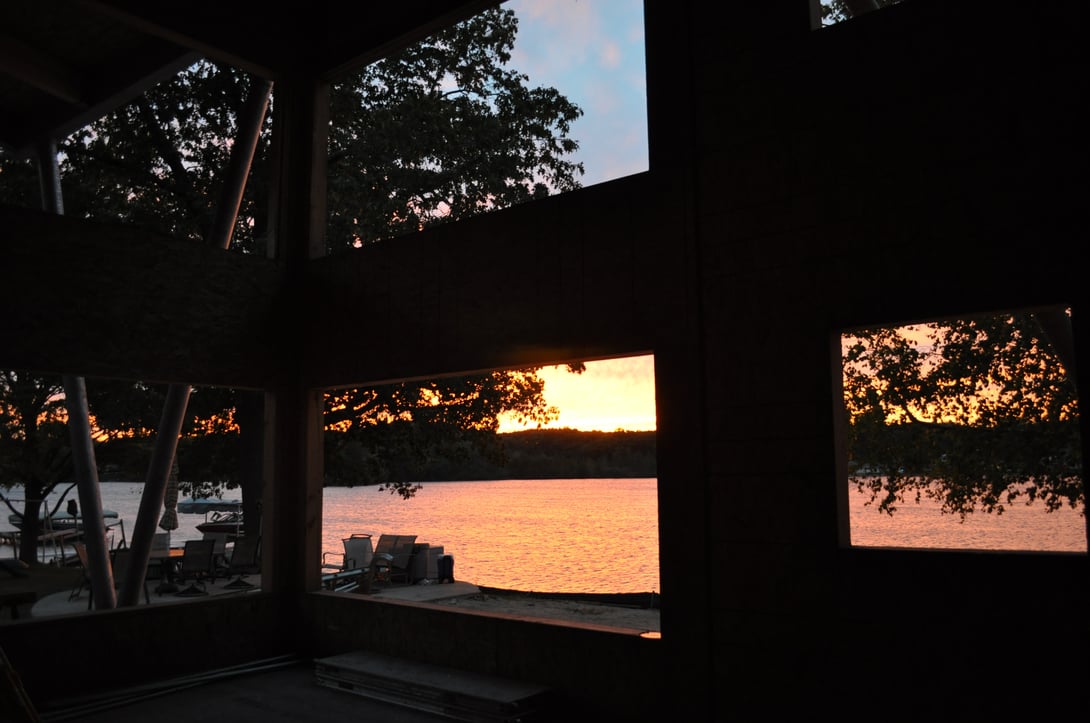
We face EXTREME opposition:
Since participating in the Women’s march in Washington DC in January 2017, my awareness of civil rights issues has been heightened. Moreover, I am beginning to see many similarities between those opposing minority groups in the 50s, 60s, and 70s, as they fought for equal rights and those opposing movements today fighting for a cleaner world.
In an exercise to draw out the similarities I took some profound statements from a book I just finished reading (Deep Denial by David Billings), and re-wrote them to fit into my perspectives on the current sustainability effort in the US. I hope these help you to see the connections.
Civil Rights Perspective 1, by David Billings
The civil rights movement created a profound shift in consciousness among its rank-and-file participants. It impacted people’s identity and sense of self. It became for many a point of personal departure- a turning point in their lives.
Those who witnessed this brief moment felt that, finally this nation was about to banish racism and inequity from the national landscape. The words of Dr. King resounded around the nation.
Many even dared to believe that the words of the nation’s creed “all people are created equal” might finally mean something to its black citizenry, to Puerto Ricans, African-Caribbean's, Mexican Americans, Asians pacific islanders and Native Americans.
Perspective 1: shifted for Sustainability
The sustainability movement created a profound shift in consciousness among its rank-and-file participants. It impacted people’s identity and sense of self. It became for many a point of personal departure- a turning point in their lives.
Those who witnessed this brief moment felt that, finally this nation was about to banish environmental degradation and inequity from the national landscape. The words of David Suzuki, Mahesh Ramanujam, Janine Benyus, Naomi Klien, Elon Musk, William McDonough resounded around the nation.
Many even dared to believe that the words of the nation’s creed “all people are created equal” might finally mean something to the privileged, the poor, white, black, etc. etc….all.
Civil Rights Perspective 2, by David Billings
A web of self-interests among the economic elite, the academy and media, sanctioned and legitimize by the power of the state, sustains white privilege.
This unspoken preference for white is what has held poor and working-class whites in support of an arrangement that does not serve their best interest -except the self-interest of being white in a race-constructed nation.
This social contract has worked since the founding of the republic.
Perspective 2: Shifted for Sustainability
A web of self-interests among the economic elite, fossil fuel beneficiaries, long standing institutions, those who can avoid the negative environmental impacts longer than most, and the media, sanctioned and legitimized by the power of the state, sustains the status quo.
This unspoken preference for environmental destruction is what has held those suffering from the impacts in support of an arrangement that does not serve their best interest - except the self-interest of short term profits and instant gratification.
This social contract has worked since the beginning of the industrial revolution.
Check out our latest LEED certified and other sustainable design projects!
Civil Rights Perspective 3, by David Billings
But we were no longer as involved in the politics of the community. Our emphasis had changed from our very nascent organizing effort to direct services. Unbeknownst to us, we had become part of a national effort to de-politicize community efforts at self-determination.
We…. begin to move away from community-based organizing. We were so busy with our programs! We transformed ourselves from community organizers who fought for decent housing and education, who demanded community accountability boards to oversee police, into managers of after school recreation programs.
We claim we had no time for organizing, nor the funding to do it. After all, we were doing good work for needy children.
Perspective 3: Shifted for Sustainability
But we were no longer as involved in the activism of the community. Our emphasis had changed from our very nascent organizing efforts to direct services. Unbeknownst to us, we had become part of a national effort to de-politicize community efforts at self-determination.
We begin to move away from community-based organizing. We were so busy with our programs! We transformed ourselves from community organizers who fought for the environment, less carbon, clean water, less toxins, social equity, and education, who demanded community accountability from our government, corporations and institutions, into managers of lunch and learns and award programs.
We claim we had no time for organizing, nor the funding to do it. After all, we were doing good work for our members.
For me, the parallels are standing in plain sight.
What do you think? Are we still excepting the status quo because it is hard to change? Are we activating our communities? Are we organizing? Does your house or office building set an example in your neighborhood or community? Will it be on the right side of history?
Click HERE to start exploring a sustainable design project with Carlson:
